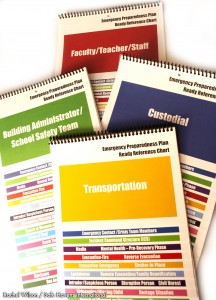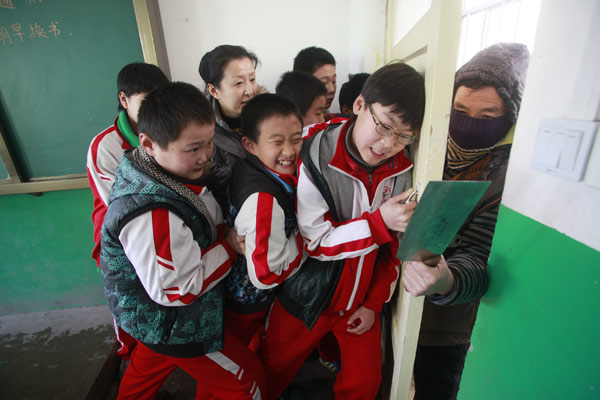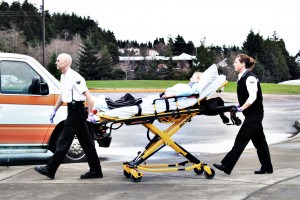
School-related terrorism events are low probability-high consequence events. Like the active shooter incidents that have been of intense concern for school and public safety officials in recent times, school terrorism events can impact any school in any community in the United Sates. Fortunately, there are practical ways to address the threats of active shooter events, school terrorism and the many far more common types of school crisis situations that have thus far more lives than either.
Security Assessments for hundreds of Schools Reveal Many Schools are less Prepared for Terrorism
Recent events have school and public safety officials concerned once again about the potential for school terrorism. Our school safety, security, climate, culture and emergency preparedness assessments for hundreds of public, charter, parochial, and independent schools in nearly forty states since the Sandy Hook attack reveal that the majority of schools were ill-prepared for terrorist attacks at or near schools. In fact, our analysts have noted that many schools are less prepared for terrorism, tornado, fire, student suicides, medical emergencies, and a host of other more common events that we noted in our assessments of thousands of schools prior to the Sandy Hook tragedy. This is important because though active shooter incidents are one potential attack methodology for schools, school buses, and special events, it is not the only mass casualty attack methodology employed by terrorists in the United States and globally to date. Fire, explosives, and chemicals either as alternative attack methodologies or in combination with attacks using firearms have all taken place in school terrorist attacks. Therefore, the intensive focus on active shooter incidents has in many instances reduced the amount of time, energy, and fiscal support for other types of school safety incidents including terrorist attacks on schools.
What Research and Experience Tells us about School Terrorism
My colleague Rod Ellis and I both have had the opportunity to travel to Israel to learn advanced anti-terrorism concepts from the Israel Police, Israeli Defense Forces, and Israeli Security services. During our intensive ant-terrorism training and briefing sessions, senior Israeli officials urged us not to get into the habit of focusing on the last attack as we consider what future attacks might look like. Just as it is dangerous to focus on fire, tornado, or hostage situations to the exclusion of active shooter incidents and school terrorism, focusing primarily on active shooter incidents is an unsound approach. A narrow approach could be an especially costly error for school terrorism events where mass casualty loss of life can be a primary goal of well-prepared, equipped and experienced individuals or groups. The millions of dollars that are currently being spent for medical care and worker’s compensation as a direct result of active shooter training are important for two reasons. First, as school insurance premiums rise due to these now common types of claims, less funding will be available for schools to address other statistically more common and deadly hazards. Secondly, there is a growing body of evidence that these as yet unproven concepts may cause deaths when they are misapplied under the stress of an actual event. For example, test subjects who have completed these types of programs frequently respond to a scenario of a student threatening suicide with a handgun pointed at their temple and their finger on the trigger of the weapon by “attacking the gunman”. This indicates serious flaws in current training methodologies which will likely require extensive retraining once the expected civil actions make their way through the courts in the next few years.
School Terrorism Risk is better addressed with an All-hazards Approach
Based on extensive testing, evaluation and research, our analysts feel that preparedness approaches which concentrate on one or two categories of security incidents such as gang activity or active shooter incidents may reduce rather than increase survivability in school terrorist attacks. This is because these attacks often utilize different types of active shooter approaches as well as utilize fire, explosives, chemical or biological weapons. Only an all-hazards approach can provide a reasonable level of protection against a practical spectrum of school terrorism events.
While I make no specific predictions relating to terrorist attacks on campus facilities or transportation modes, the possibility is quite real. Ignoring this and other deadly threats by focusing an inordinate amount of training time, fiscal resources, and energy on active shooter events may result in an otherwise preventable mass casualty loss of life.

